We’ve been celebrating this fact with a series of articles on helping those business owners who are no longer chained to the office get out-and-about. In summer, you can work from the beach. And over the winter months you can work from a ski resort.
But what if you want a bit more adventure? What if your idea of a vacation is trekking through the jungle and finding rare and dangerous wildlife? Well, we reckon you’re going to have no problem keeping tabs on your business.
Since both members of our writing team are off for adventures in Peru over the next year (Monica in just over a week’s time, me in July next year), and the in 2012 the Amazon got the internet, we thought it was time we did a bit of research and figured out what one of our intrepid WorkflowMax customers would need to work in the jungle: Here’s what you need to survive working in the Amazon jungle:
1. Sunscreen and hat

It is hot and humid out there in the jungle, and that sun is fierce. Whether you’re relaxing on the deck of a boat travelling through piranha-infested waters, or relaxing under layers of mosquito netting at your lodge, you are at risk of sunburn. Slather on that sunscreen and bring along an appropriate hat. Me? I don’t think there’s any better hat than an officially-licensed Indiana Jones fedora.
2. Flashlight and headlamp
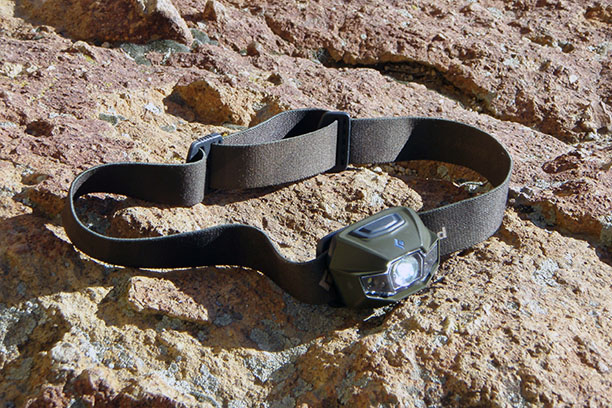
One thing you might not be able to appreciate until you arrive is just how dark the rainforest gets at night. With all those trees around, the moon can be invisible. Many lodges don’t have electricity, so if you want a bit of light to check your emails or, you know, go to the toilet, it might be an idea to carry a flashlight. I am addicted to the Black Diamond Spot Headlamp, which is super rugged and durable, and has a long battery life. Using a headlamp leaves both hands free for other tasks.
3. Swiss army knife

Because you are in the Amazon, and you never know when you have to skin a wild animal for food or open a bottle of beer. My Dad bought me my first Swiss Army knife for my tenth birthday, and I tell you, you are never sorry you have one on you. Victorinox are the makers of Swiss Army Knives, and the cool new Swiss Army USBs.
4. Protection from Insects
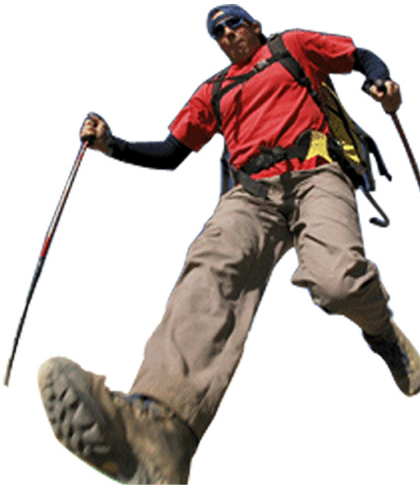
Have you ever seen spiders 10cm long? What about mosquitoes the size of your head? The rainforest is alive with all manner of strange insects, many of which will leave you sick or very, very uncomfortable. A heavy duty insect repellent with NEET will be your BFF while you’re out in the rainforest. And, if you want to get some extra protection, check out Insect Shield clothing – rugged outdoor clothing with built-in insect repellent.
5. Raincoat
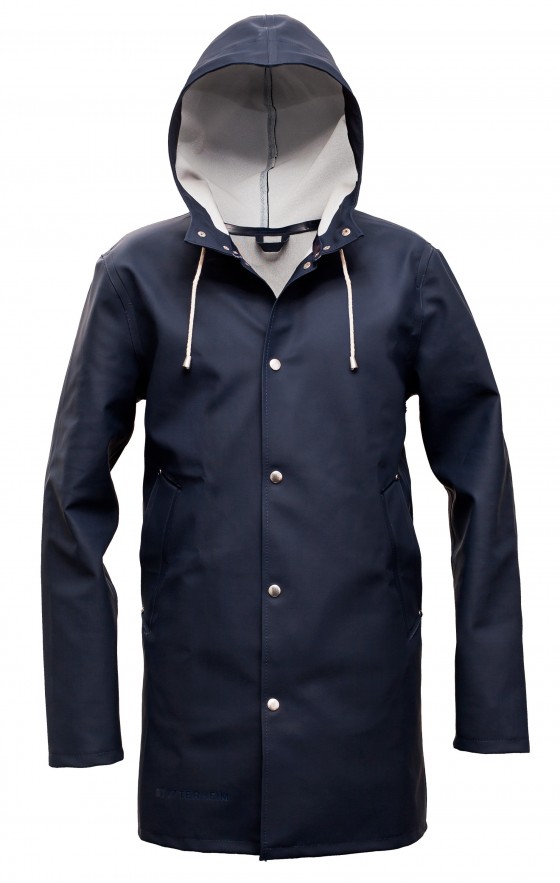
It ain’t called the “rainforest” for nothing. It will be wet, and the weather is so humid you won’t be able to dry clothes once they get wet. Most lodges will provide basic rain ponchos, but why not be prepared and bring your own. Grab yourself a raincoat for wearing outside. I love these stylish coats from Sutterheim, a Swedish raincoat company!
6. First Aid kit
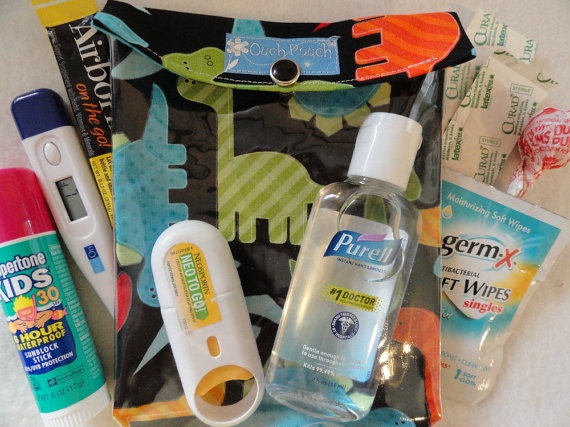
Cute first aid kits from Ouch Pouch.
Most of Peru’s low-lying jungle, including the Iquitos and Puerto Madonaldo, are malaria zones, so you will need to take prophylaxis to protect yourself from malaria. It doesn’t hurt to take some other first-aid supplies, as well, including bandages, traveller’s pills for diarrhea, water purification tablets, antiseptic cream and hand sanitizer. Check out Pinterest for some unique first aid kit ideas.
7. Extra Charge
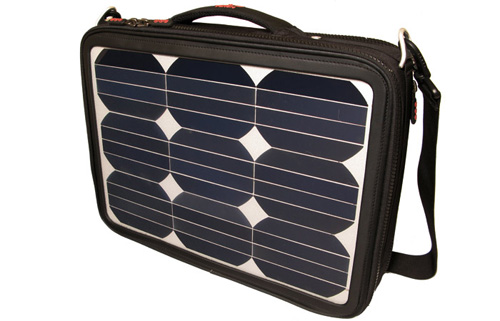
Remember what I said about the lodges not having power? Well, you are going to need to take some extra juice if you want more than a few hours of working time. I suggest an additional battery for your laptop and a solar charger. Treehugger has a list of 5 of the best solar chargers.
8. Green Certification
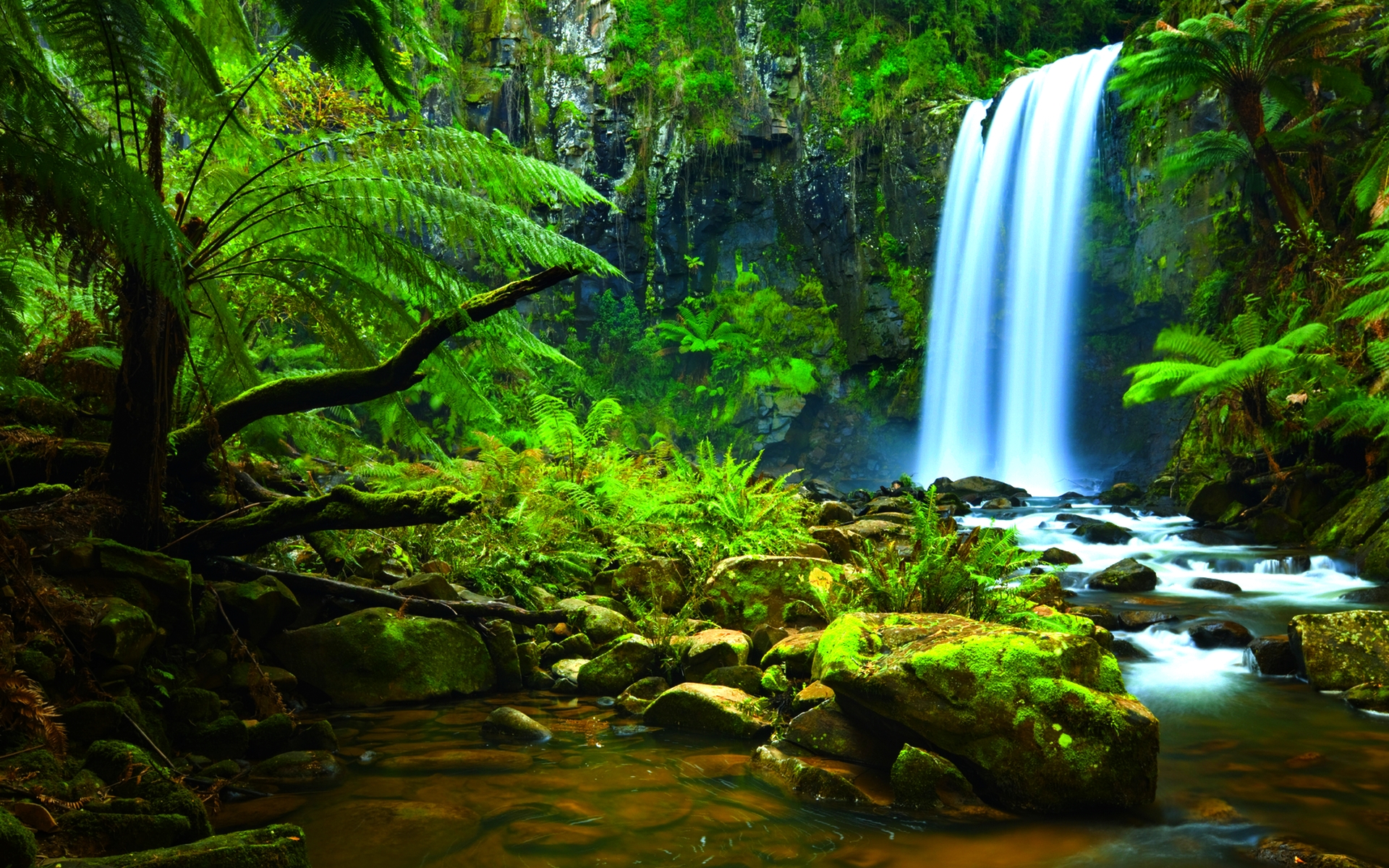
If you’re using a tour operator to arrange your trip to the rainforest, it’s a good idea to look for those companies and lodges that promote sustainable tourism. As a tourist you want to ensure your money is going back into local community projects and sustainable practices and that the rainforest will still be around for your children to enjoy. There are many different eco-tourism boards that certify operators, and it can be confusing to figure out which companies are legit. I would probably start with The International EcoTourism Society and go from there. Do your research and go with the company whose values match your own.
9. Don’t Touch (unless told it’s OK)

The rainforest may look beautiful, but it’s a very different ecosystem to anything you’ve ever encountered before. There are piranhas and electric eels in the water, monkeys in the trees. Many of the most benign looking plants protect themselves with thorns, spines and poisonous substances. You’re unlikely to come into contact with any poisonous snake during the daylight, but in the evening and at night it’s very important to be vigilant. Stay close to the lodge and listen to the advice of your guides, and you’ll be fine.
10. Get Immunised

Before you travel anywhere near a jungle or rainforest, talk to your doctor about the recommended immunisations and vaccinations you need to stay safe. For some tour operators, this is even a condition of travel. I’m going in for mine soon, and I’m not looking forward to that needle, but it’s got to be done!
Have you ever travelled to the Amazon? Are you heading out on a new adventure soon? It’s awesome that with cloud software like WorkflowMax and Xero, you can still keep tabs on your business while you’re there.


